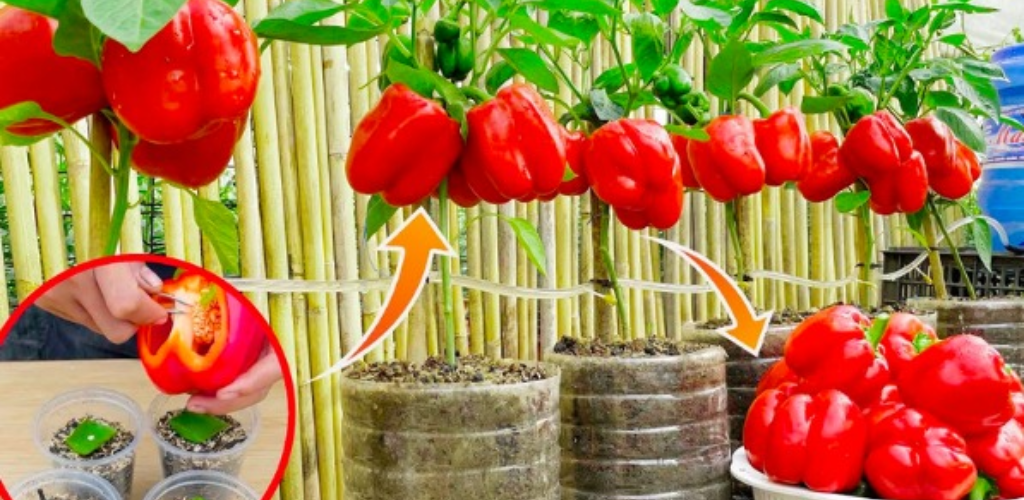09.07.2024
Growing peppers at home is a delightful and rewarding experience. Here I explain how to do it:
- Choose Your Varieties: Select from a variety of peppers such as bell pepper, jalapeño, habanero, poblano or banana peppers depending on your flavor preferences.
- Provide Sunlight: Make sure your pepper plants receive 6 to 8 hours of direct sunlight per day, or use grow lights indoors if necessary.
- Prepare the Soil: Use a well-drained soil enriched with compost or aged manure. Aim for a slightly acidic to neutral pH (6.0-7.0).
- Start Indoors: Start pepper seeds indoors several weeks before the last frost date. Plant the seeds in trays or pots, keeping the soil consistently moist until germination.
- Transplant Carefully: When moving seedlings outdoors, make sure soil temperatures are above 60°F (15°C). Space plants 18 inches apart and water gently after transplanting.
- Water and Fertilize: Keep the soil consistently moist, avoiding waterlogging. Fertilize with a balanced fertilizer every 3-4 weeks, but avoid overfeeding.
- Prune and Support: Clip the suckers at the base of the plants to improve air circulation. Stake or cage plants to support growth and prevent breakage.
- Manage Pests and Diseases: Keep an eye on pests like aphids and diseases like bacterial leaf spot. Use natural remedies such as neem oil or insecticidal soap and practice good garden hygiene.
- Harvest: Pick the peppers at various stages of maturity, depending on your preference. Use sharp scissors to avoid damaging the stems.
- With these simple steps, you will soon enjoy a bountiful harvest of homemade peppers that will add flavor and style to your culinary creations.
